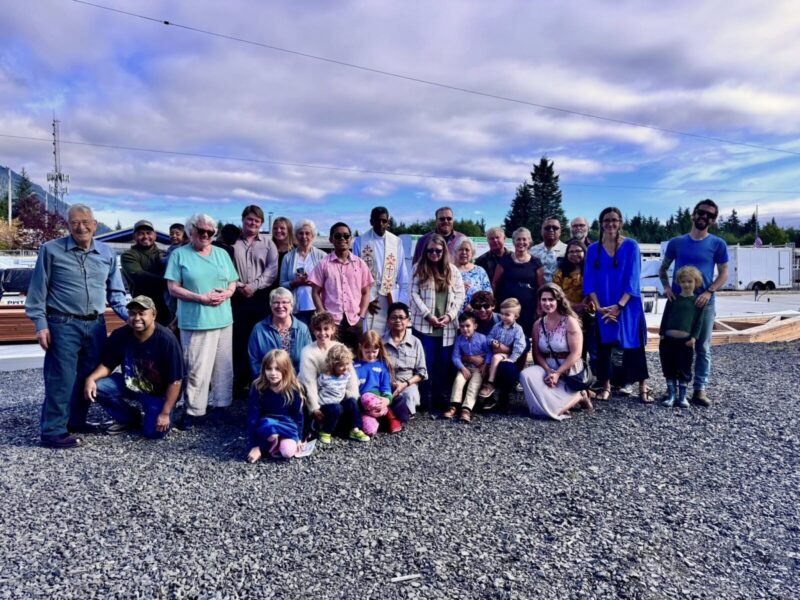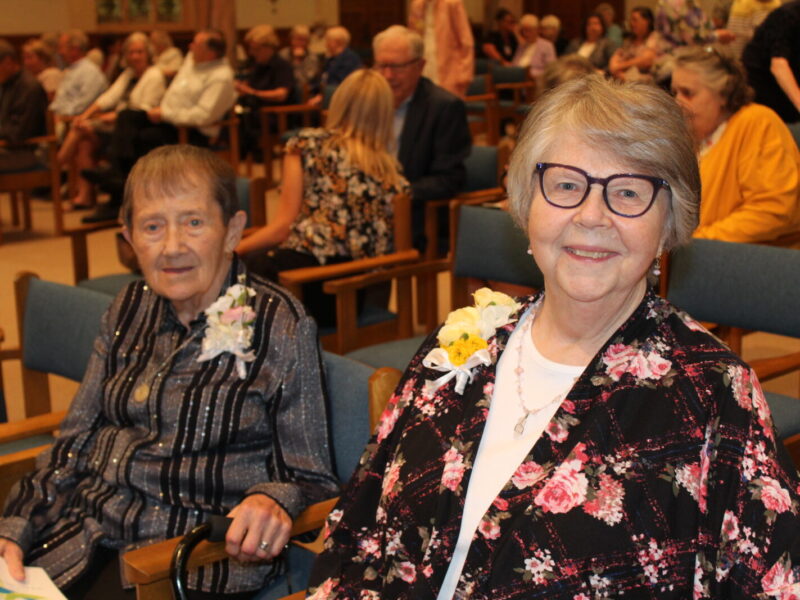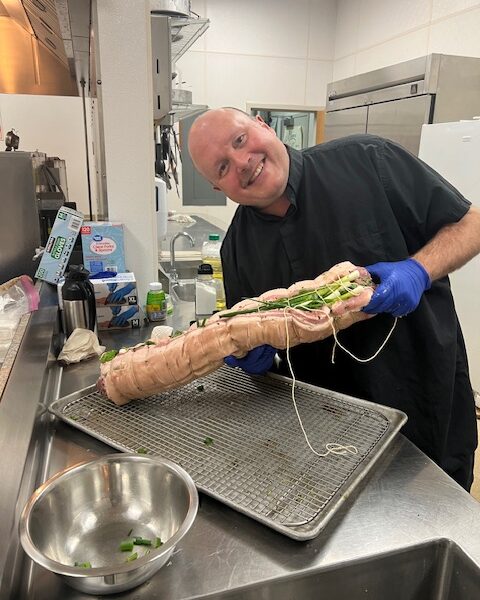 CatholicAnchor.org
CatholicAnchor.org
The Dominicans — the Order of Preachers — are celebrating their 800th anniversary in 2016.
This worldwide order, which has dispatched some of its friars to staff Anchorage’s Holy Family Cathedral since 1974, had its beginning when an up-and-coming young Spanish priest named Dominic de Guzman received an invitation from his bishop to accompany him to Sweden by way of France.
The journey was no vacation. The two men confronted a serious heresy plaguing the church at the time called Albigensianism, which maintained that all matter was evil, thus denying the bodily Incarnation of Christ. Although the bishop died on the trip, Saint Dominic labored on.
The founding charism and signature trait of the Dominicans would be born of Saint Dominic’s dedication to preach the truth to ordinary people, wherever he found them.
“If Dominic were alive today he would probably say ‘go to the mall,’” said Dominican Father Anthony Patalano, outgoing pastor of Holy Family Cathedral.
Saint Dominic, looking at the situation in France, realized that “what the church really needs is a group of itinerant preachers,” Father Patalano added, men who would model themselves on the ministry of Jesus who walked the roads of Palestine speaking directly to people.
Realizing that good preachers must be solidly educated — long a hallmark of Dominicans — Saint Dominic centered his work in the university towns of Bologna and Paris. In 1216, Pope Honorius III officially recognized the new Order of Preachers.
The Dominicans, like the Franciscans, were established as a mendicant order. This means they are a begging order, necessary because in the beginning they were traveling itinerants without any source of income. Today, members still take a vow of poverty and are noted for their distinctive white, ankle-length tunic, scapular and hood.
Preaching truth for the salvation of souls became the Dominican mission. Although in the 21st century Catholic Church it may seem obvious that religious orders preach, Dominican Father Dominic David Maichrowicz, an associate at Holy Family, explains that this was a novel idea in Saint Dominic’s time.
In the 13th century “only the bishop could preach doctrinally,” he said.
Clerics, not necessarily highly educated, might give their congregations moral exhortations, but doctrine and theology were not in the realm of the ordinary priest who came in contact with the common worshipper.
Saint Dominic’s gift to the church was to establish “this mission, and the focus was to preach and to preach the truth,” Father Maichrowicz said. It is a mission, he added, carried out with zeal and intellectual reasoning.
“This mission is so needed within the church today,” he said. “Many don’t know their faith as well as perhaps they did in the past. And the idea is to teach theologically, to teach people how to think with the church, to understand why we believe.”
Today, the Dominicans boast more than 6,000 “friars,” a term for both priests and brothers, and another 1,000 men studying for the priesthood. Approximately 3,000 women are cloistered Dominican nuns and another 25,000 women serve as apostolic sisters who follow the Dominican charism.
Father Maichrowicz, who was ordained in 2013, said one of the significant things about the Dominican Order is that the cloistered nuns were initially founded by Saint Dominic to pray for his mission. They’ve been a vital part of the Dominican mission ever since.
Additionally, 120,000 lay Dominicans comprise one of the world’s largest third orders, which Father Maichrowicz said is “arguably one of the most successful third orders in the world in terms of size and the number of saints they’ve produced.”
Indeed, the Dominicans have given the church a wealth of saints, perhaps the most notable being Saint Dominic himself and the great theologian Saint Thomas Aquinas. Saint Catherine of Siena and Saint Martin de Porres are two of the 70 other recognized Dominican saints. Another 200 plus Dominican men and women are considered “blessed,” meaning they are under consideration for official declarations of sainthood.
There have also been four Dominican popes.
Father Patalano will be assigned as a chaplain to two houses of cloistered Dominican sisters in California after he leaves Anchorage in mid-July. Currently finishing the last of three separate assignments in Alaska spanning over 30 years, the Dominican talked about his own preaching style, something most Dominicans mention when they speak about their founder. After 800 years, it’s still very relevant in the life of a friar.
“I never thought I was a good preacher, but people tell me I am,” he said. “I tend to be more conversational, and I like to tell stories.”
Some Dominicans, he said, like to be more formal and more academic.
Regardless of style, he said, “Dominicans have a good balance.” This balance encompasses the four pillars of prayer, study, community and preaching.
“Contemplation is an important part of a Dominican’s life,” Father Patalano said, and in preaching “we share the fruit of our contemplation.”





'800 years after founder’s death Alaskan Dominicans still strive to fulfill his vision' have 2 comments
October 2016 @ 9:53 pm Lettie
Just what the doctor orderd. Thank you!
July 2016 @ 9:14 am Teri Perez
God Bless the Dominicans!